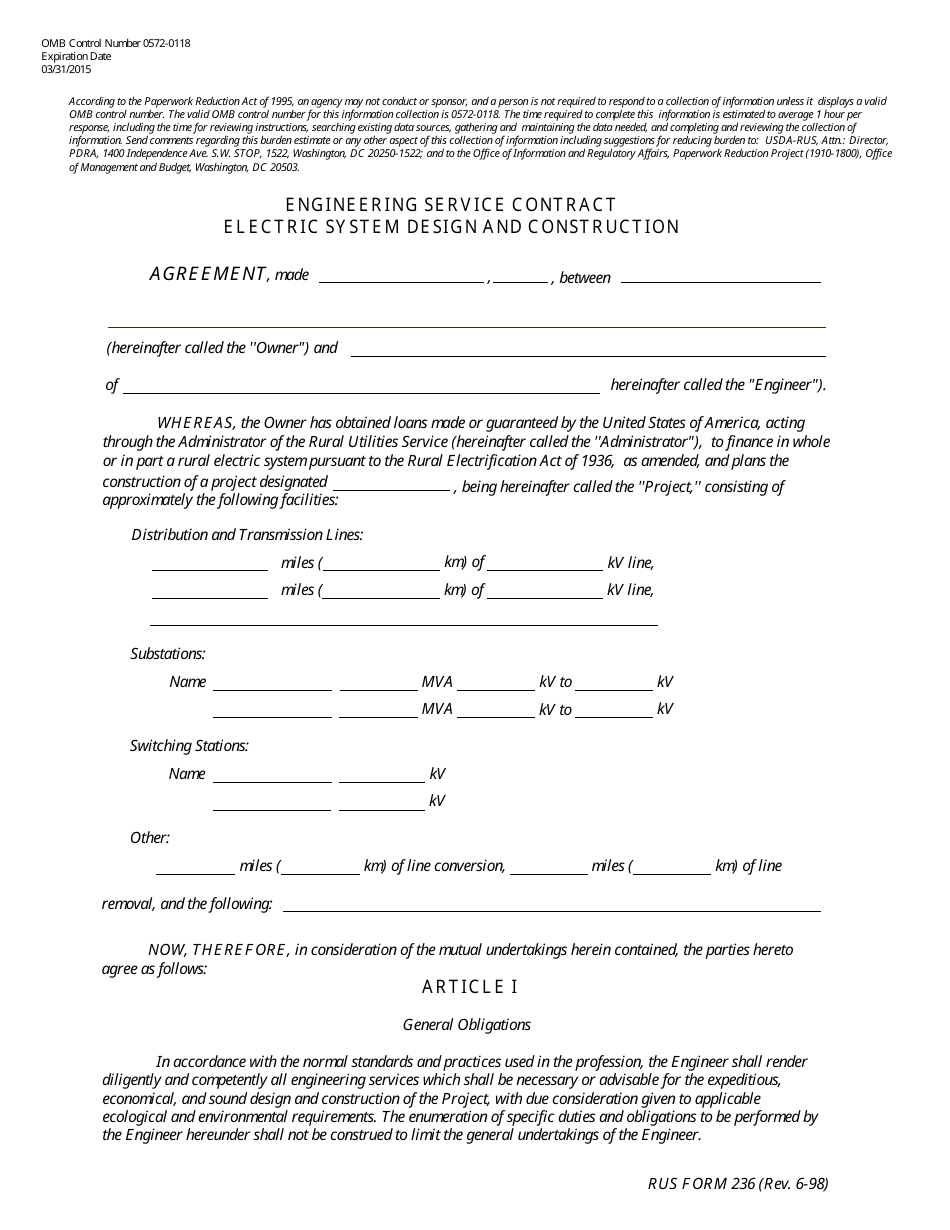

Service-oriented applications like Windows Communication Foundation (WCF) applications are designed to interoperate with the widest possible number of client applications on both Microsoft and non-Microsoft platforms. If you want to use the same parameter name locally but modify the name in the published metadata, see the. The value of the parameter names in the operation signature are part of the contract and are case sensitive. Primitive types are serializable by default, as are many types in the. This is significant because each type used in a parameter or return value must be serializable that is, it must be possible to convert an object of that type into a stream of bytes and from a stream of bytes into an object. Instead, they pass copies of the objects. However, unlike a local method, in which you can pass references to objects from one object to another, service operations do not pass references to objects. Parameters and Return ValuesĮach operation has a return value and a parameter, even if these are void. The next step is deciding what data can be passed back and forth between a service and its clients. For more information, see Implementing Service Contracts.įor an example that uses a class to create a service contract and implements it at the same time, see How to: Create a Service with a Contract Class.Īt this point, you should understand the difference between defining your service contract by using an interface and by using a class. In addition, any modification to the class or method signatures modifies the public contract for that service, which can prevent unmodified clients from using your service. The disadvantages are that managed classes do not support multiple inheritance, and as a result they can only implement one service contract at a time. The advantage of creating your services by applying ServiceContractAttribute and OperationContractAttribute directly to the class and the methods on the class, respectively, is speed and simplicity. You can, however, use a class to define a service contract and implement that contract at the same time. If you attempt to do so, you create a new operation in the current service contract.įor an example of using an interface to create a service contract, see How to: Create a Service with a Contract Interface. When inheriting from other service contract interfaces, you cannot override operation properties, such as the name or namespace. Old clients connect to the original version, while newer clients can connect to the newer version. You can version your service by implementing the old interface and the new one. You can modify the implementation of a service contract by changing the interface implementation, while the service contract remains the same.

Service contract interfaces can extend any number of other service contract interfaces.Ī single class can implement any number of service contracts by implementing those service contract interfaces. Implement a service contract interface and you have implemented a WCF service.Īll the benefits of managed interfaces apply to service contract interfaces: Without an implementation, interfaces do no more than define a grouping of methods with certain signatures. However, it is recommended that you use interfaces because they directly model service contracts. The restrictions for operation inputs and outputs.īoth classes and interfaces represent a grouping of functionality and, therefore, both can be used to define a WCF service contract. Whether you can make explicit security requirements part of the contract.


The types of exchange patterns you can use.
#SYSTEM DESIGNER CONTRACT HOW TO#
How to specify the data types you want to exchange. This topic describes the following decision points when designing a service contract: (For a basic example, see How to: Define a Service Contract.)Īny methods that do not have a OperationContractAttribute attribute are not service operations and are not exposed by WCF services. Then, to create a service contract, group together your operations, either by declaring them within an interface marked with the ServiceContractAttribute attribute, or by defining them in a class marked with the same attribute. In Windows Communication Foundation (WCF) applications, define the operations by creating a method and marking it with the OperationContractAttribute attribute. This topic describes what service contracts are, how they are defined, what operations are available (and the implications for the underlying message exchanges), what data types are used, and other issues that help you design operations that satisfy the requirements of your scenario.


 0 kommentar(er)
0 kommentar(er)
